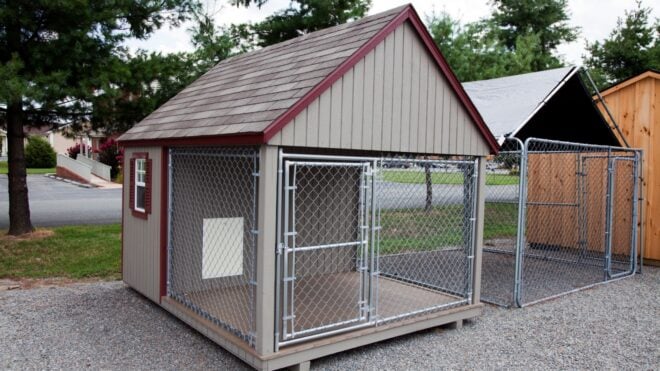Those suffering from knee pain know that they are clearly not alone. According to the National Center for Health Statistics, 20 percent of American adults who report chronic pain are reporting it in their knees. For many, a recurring knee injury or chronic knee pain is just a part of life. However, many medical professionals suggest that you may have more control over your pain levels than you think.
Just as there are techniques for relieving lower back pain, there are quite a few tips out there for reducing terrible knee pain.
Scroll through below for an exclusive look at the five different areas of knee pain and what might be causing each. Then, keep scrolling for quite a few easy and effective tips for fighting off the pain.
Most of these pain reducing ideas came as quite a surprise, but I will definitely be giving them all a shot!
Which of these pain relief methods will you be trying? Do you have any other tips for battling knee problems? Let us know in the comments!
The Five Knee Pain Areas
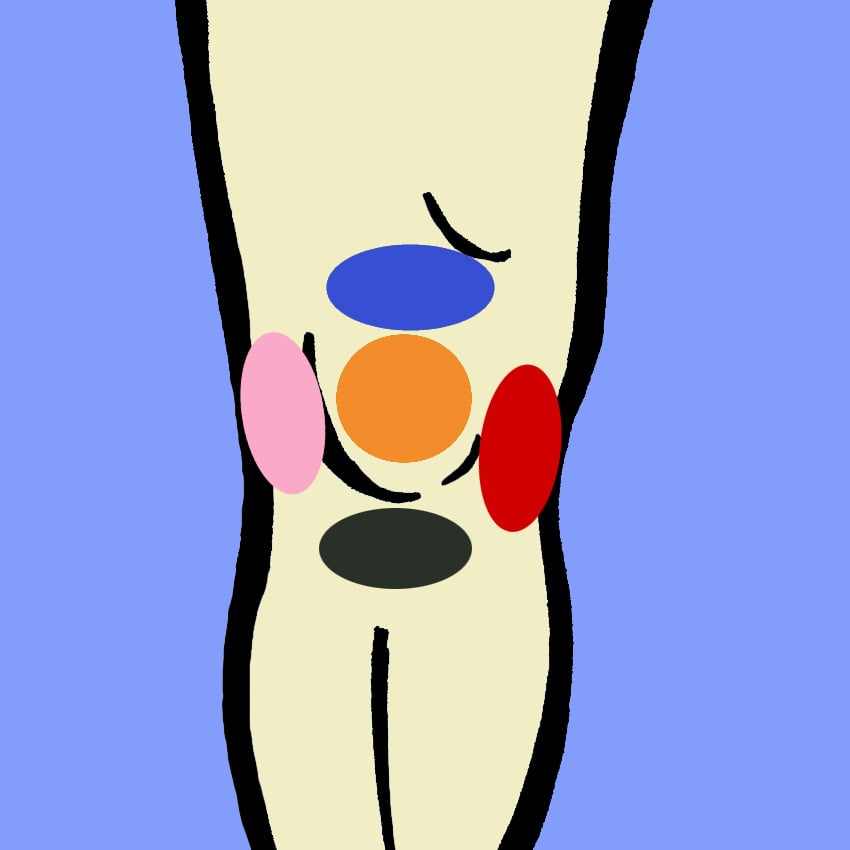
According to Therafitshoe.com, there are several key areas in your knee that you may be experiencing pain from.
You should always consult your doctor if you think you’ve injured yourself or if your pain is lasting a long time.
But knowing what pain in each of these areas means could help you to identify the problem and receive the pain relief you so desperately need.
Keep scrolling to see what each of the five knee pain areas might be pointing to.
Knee Pain Area #1: The Inside
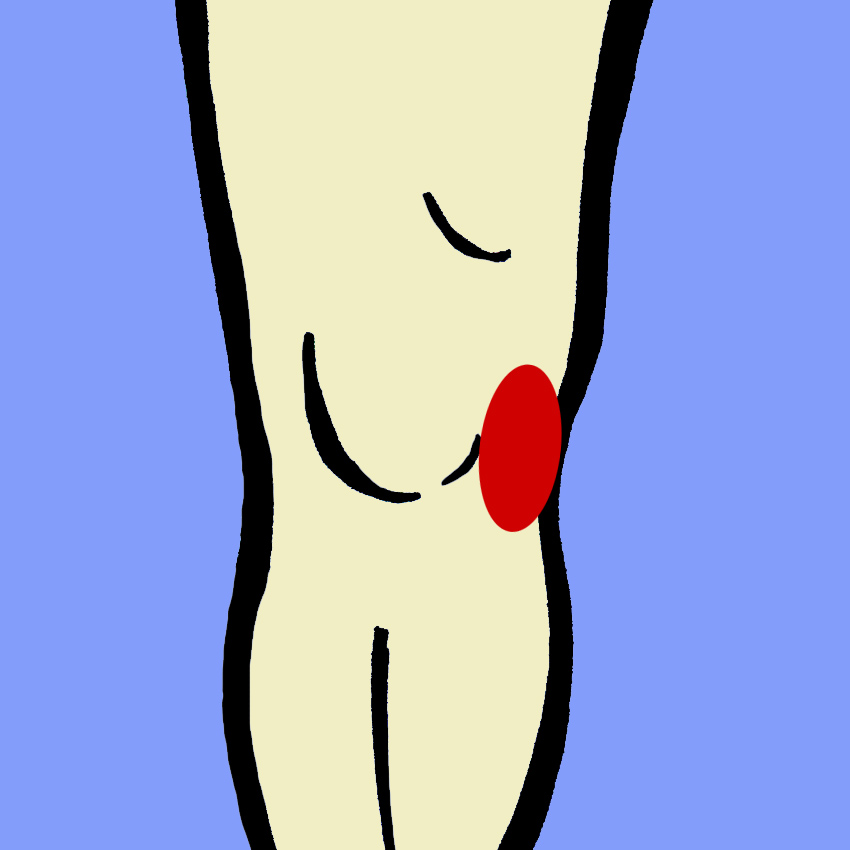
This area on the inside of the knee is known as the medial meniscus.
Pain in this area could be a result of a muscle or ligament tear, but it also might be from arthritis or bursitis.
A medical examination is the best way to be 100 percent sure.
Knee Pain Area #2: The Outside
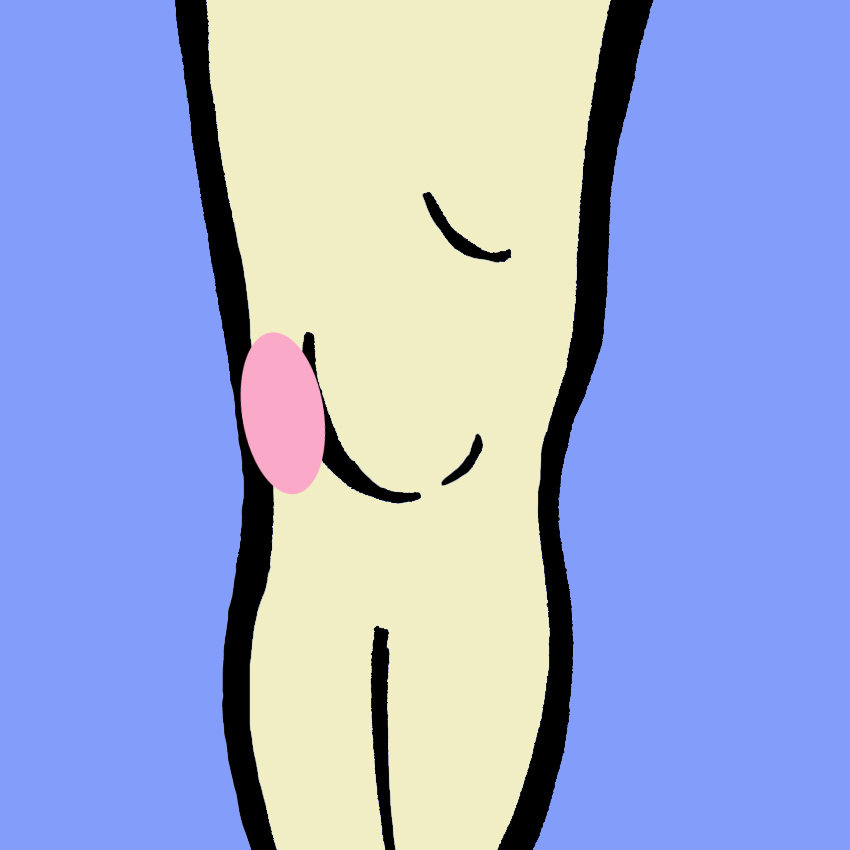
The opposite side of the knee, the outside, is known as the lateral meniscus.
Similarly, pain here could be from a tear in the muscles, ligaments, or arthritis. But it also might be from something called IT Band Syndrome. Runner’s World says, “ITBS is one of the most common overuse injuries among runners.
“The most notable symptom is typically swelling and pain on the outside of the knee.”
Knee Pain Area #3: The Top
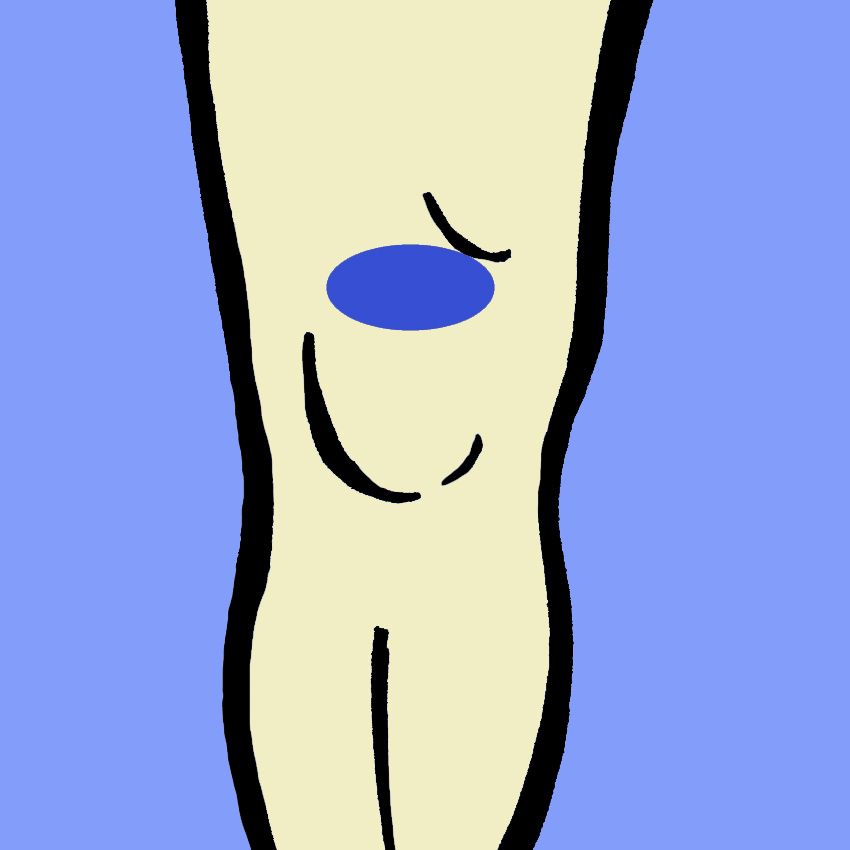
Right above the kneecap are muscles and tendons known as your quadriceps.
Pain in this area may be due to something known as quadriceps tendonitis. According to Houston Methodist, “Alignment or overuse problems of the knee structures can lead to strain, irritation, and/or injury of the quadriceps muscle and tendon.
“This produces pain, weakness, and swelling of the knee joint.”
Knee Pain Area #4: The Bottom
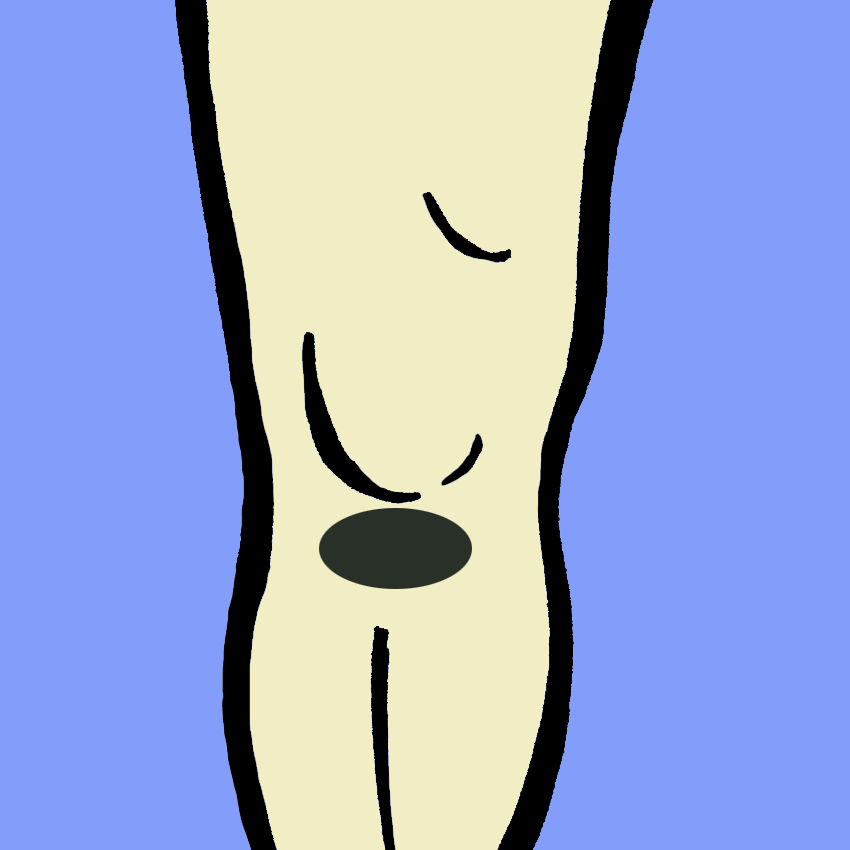
Some people also will experience pain just below the knee cap.
WebMD reports that something called “jumper’s knee” can lead to pain in this area.
This can be caused by too much jumping, as in the case of athletes, leading to stress on the spot where the kneecap attaches to the lower leg.
Other possibilities include bursitis, arthritis, and patellofemoral pain syndrome, which is a term used to describe pain of the kneecap.
Knee Pain Area #5: The Kneecap
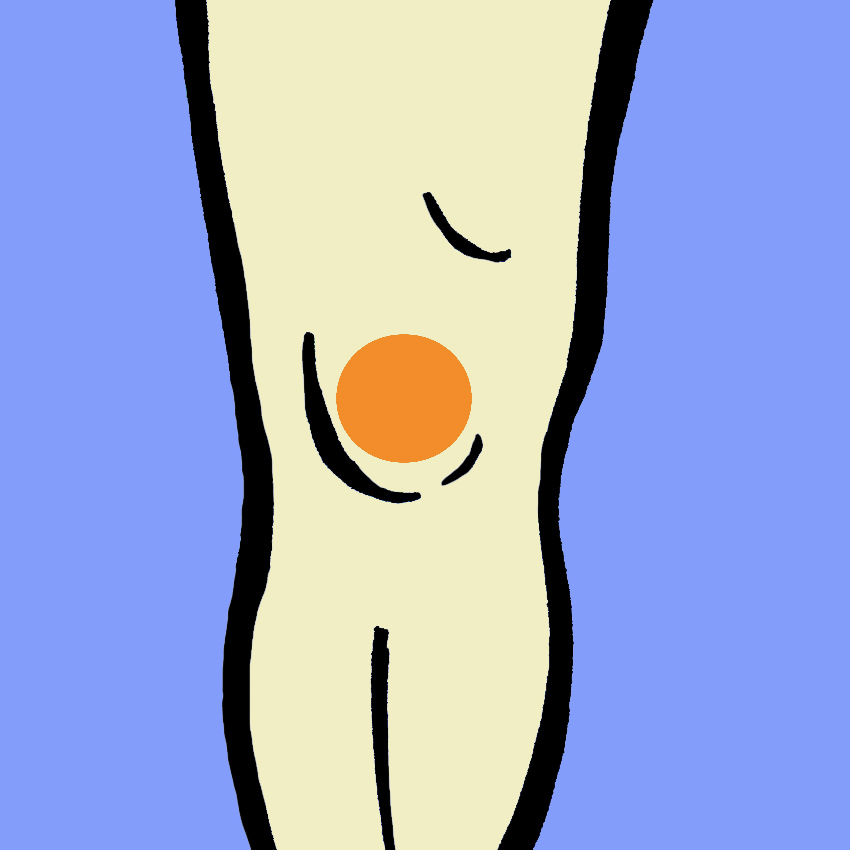
Then, of course, there is pain directly on the kneecap.
While this could be from arthritis, it also may be a sign of something known as runner’s knee. According to Runner’s World, “The stress of running can cause irritation where the kneecap rests on the thighbone.
“The resulting pain can be sharp and sudden or dull and chronic.”
So what exactly can you do? Keep scrolling to see how to relieve your knee pain, regardless of the cause!
The RICE Technique For Fighting Knee Pain RICE Technique #1: Rest
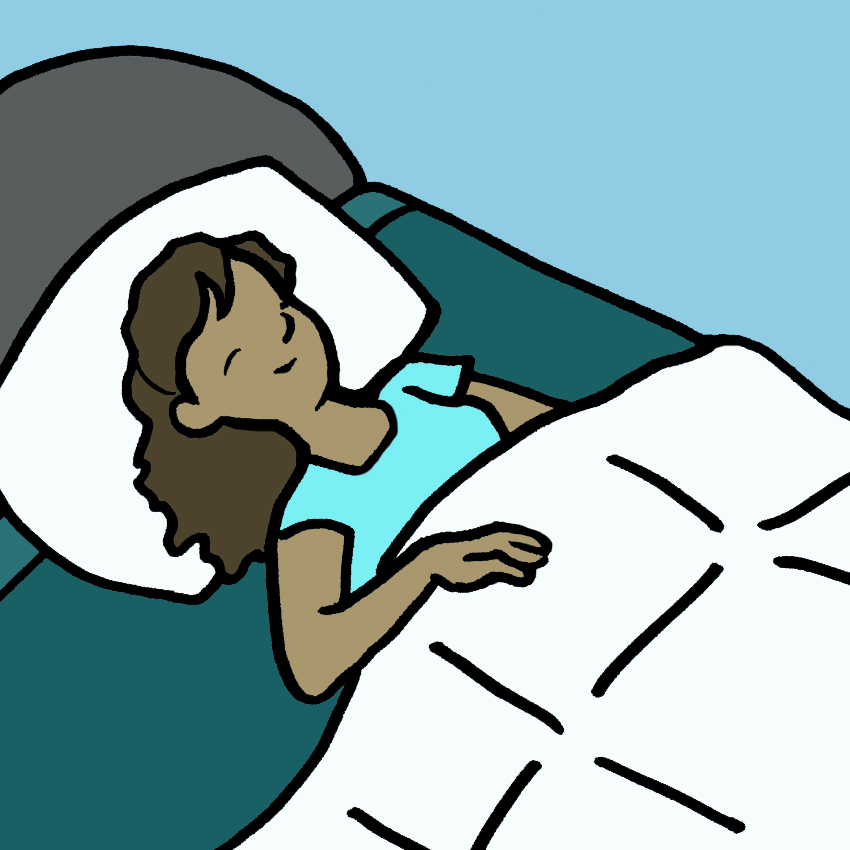
The term "RICE" is an acronym that describes exactly what you should do for knee pain, whether it comes from arthritis or an injury.
The "R" stands for rest.
Dr. Robert Gotlin, tells Everyday Health, "We recommend and promote rest as part of RICE therapy for as long as you have to in order to get the swelling reduced and the pain to an 'oooh' rather than an 'ouch.'
"Rest at least a week."
RICE Technique #2: Ice
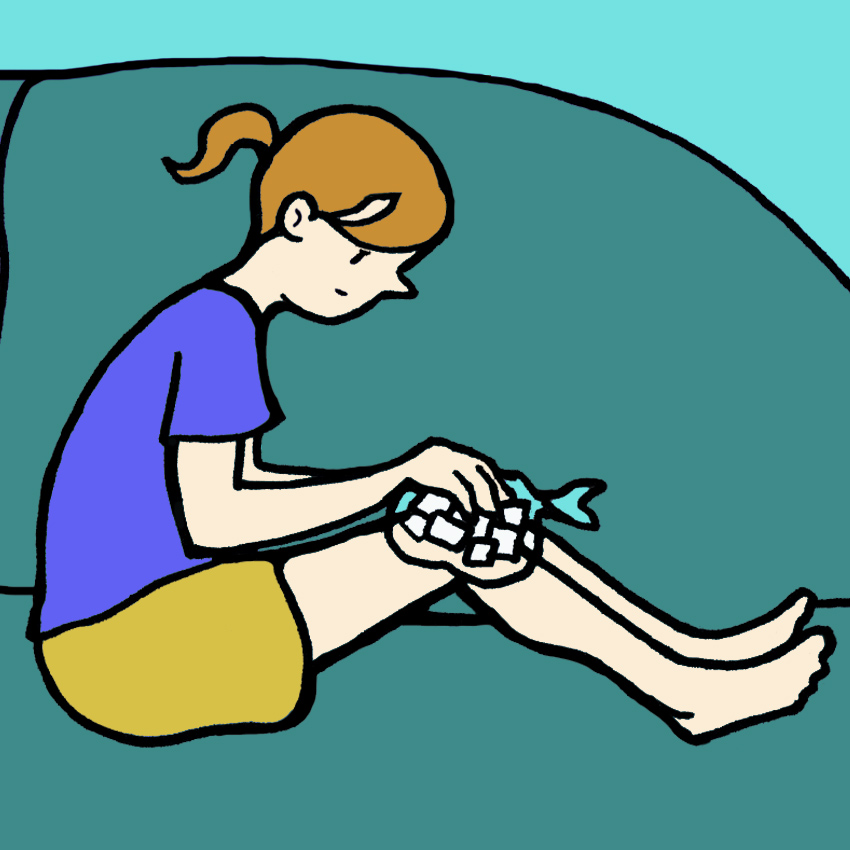
The “I” stands for ice.
You can significantly keep swelling down by icing your knee, regardless of what’s causing the pain.
According to Sutter Health, “An ice bag on the knee can slow down the process of inflammation and hasten your recovery.”
However, they warn, “Ice should never be placed directly on the skin.”
RICE Technique #3: Compression
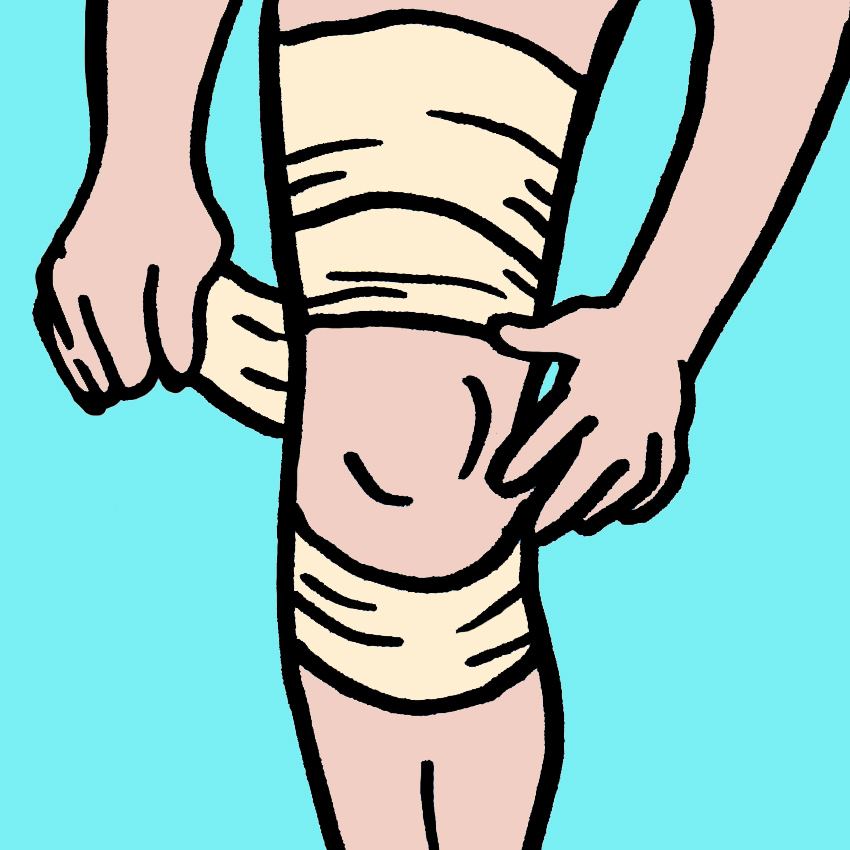
The “C” stands for compression.
It might sound counterintuitive to apply pressure, but compression is an important way to help knee problems. According to Everyday Health, “In an effort to reduce the swelling that’s causing your knee pain, use a compression bandage.
“These include either elastic-type wraps, such as an Ace bandage, air casts, special boots, or splints.”
RICE Technique #4: Elevation
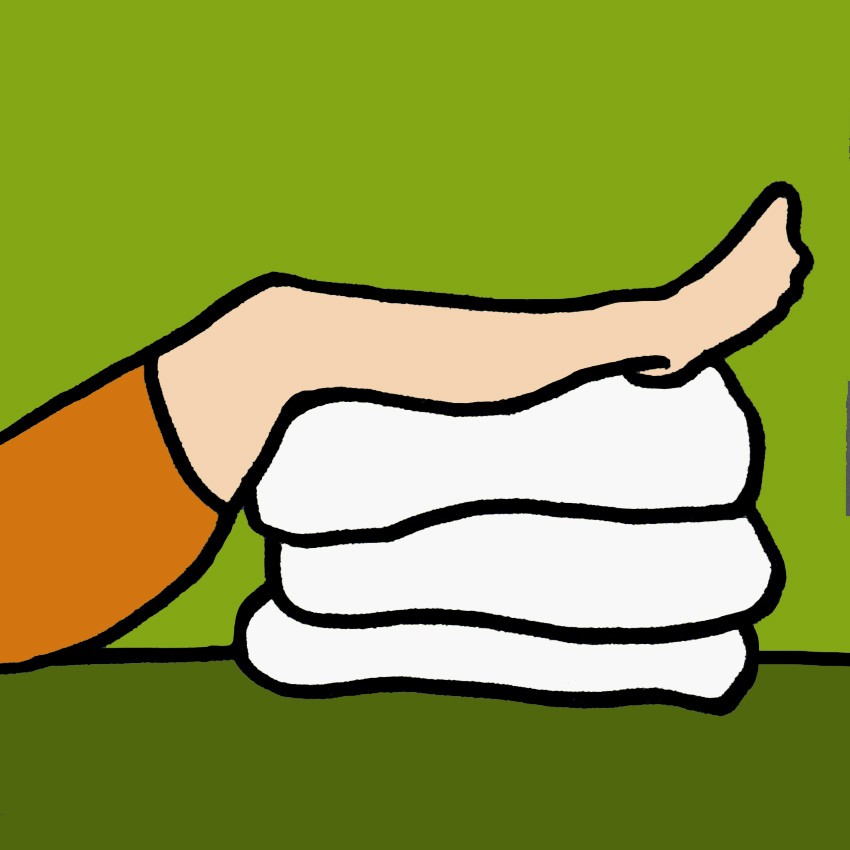
The “E” stands for elevation.
You have probably heard to keep an injury elevated before, but perhaps you didn’t know just how helpful it can be. Dr. Scott Walthour writes for Sutter Health, “By elevating the leg to the level of the heart or above, the accumulated fluid can exit the leg and head back to the body easily.
“Also the throbbing that normally accompanies a recently injured extremity will lessen when it is up in the air.”
Other Tips For Fighting Knee Pain Tip #1: Watch Your Weight
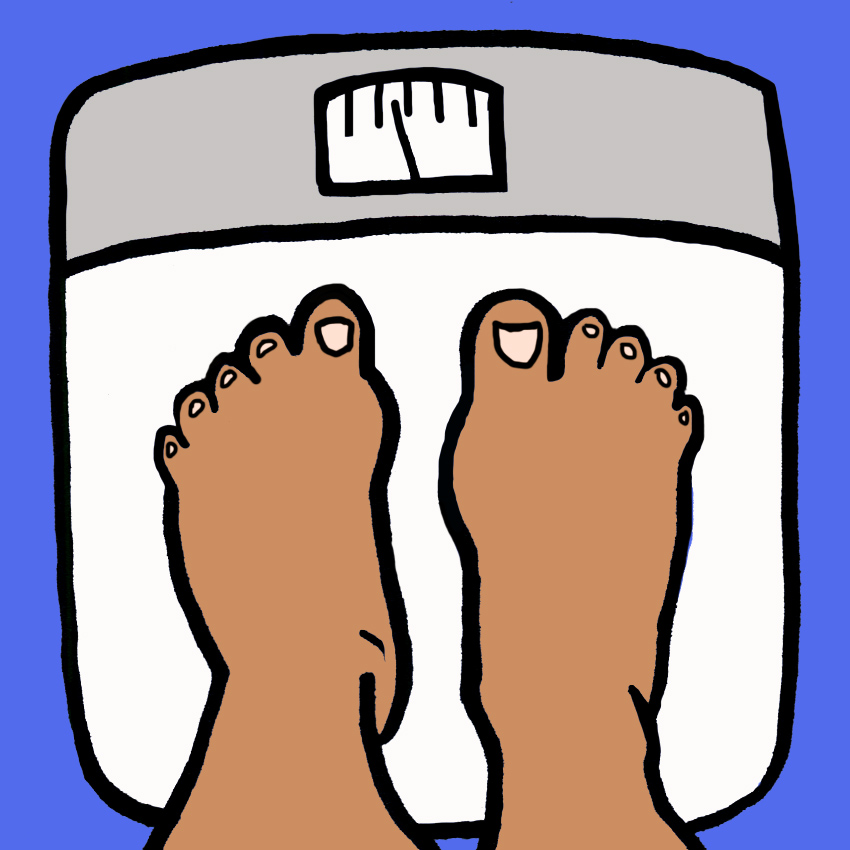
Beyond just the RICE technique, you should also pay attention to your weight if you have bad knees.
WebMD writes, “If you’re overweight, losing weight reduces the stress on your knee.
“You don’t even need to get to your ‘ideal’ weight; small changes still make a difference.”
Tip #2: Keep Things Low Impact
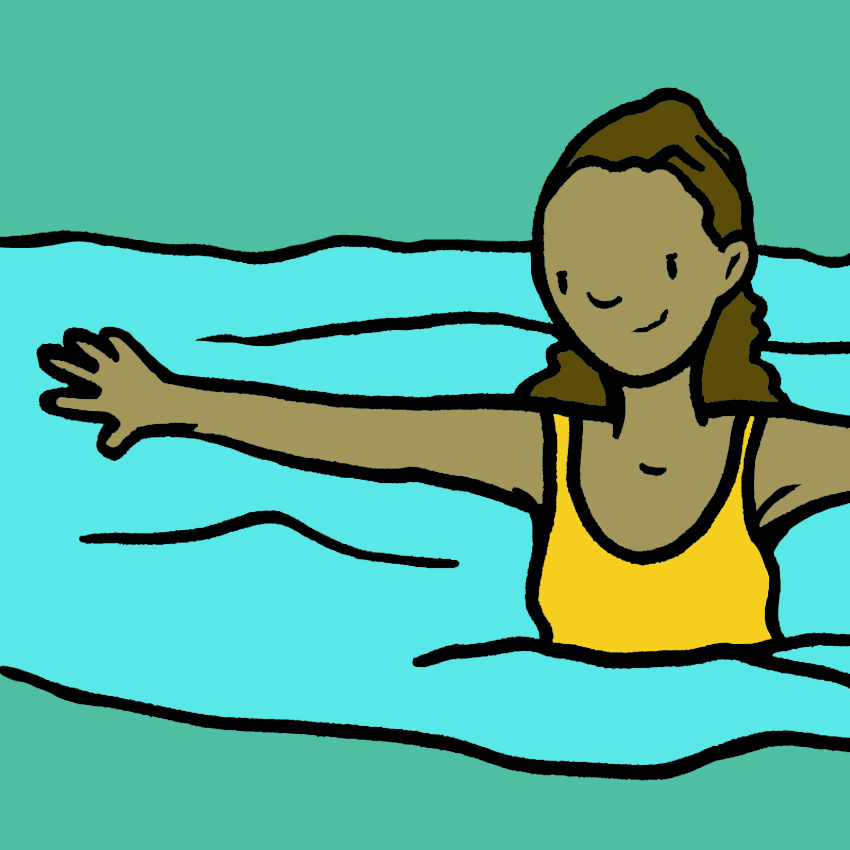
There are plenty of exercises you can do to stay healthy and strengthen your leg muscles even when you have knee pain.
Livestrong recommends walking, cycling, swimming, and water aerobics.
They write, “The U.S. Centers for Disease Control and Prevention recommends water-based exercises to individuals with knee problems and to sufferers of arthritis, osteoporosis, and fibromyalgia.”
Tip #3: Consider Acupuncture
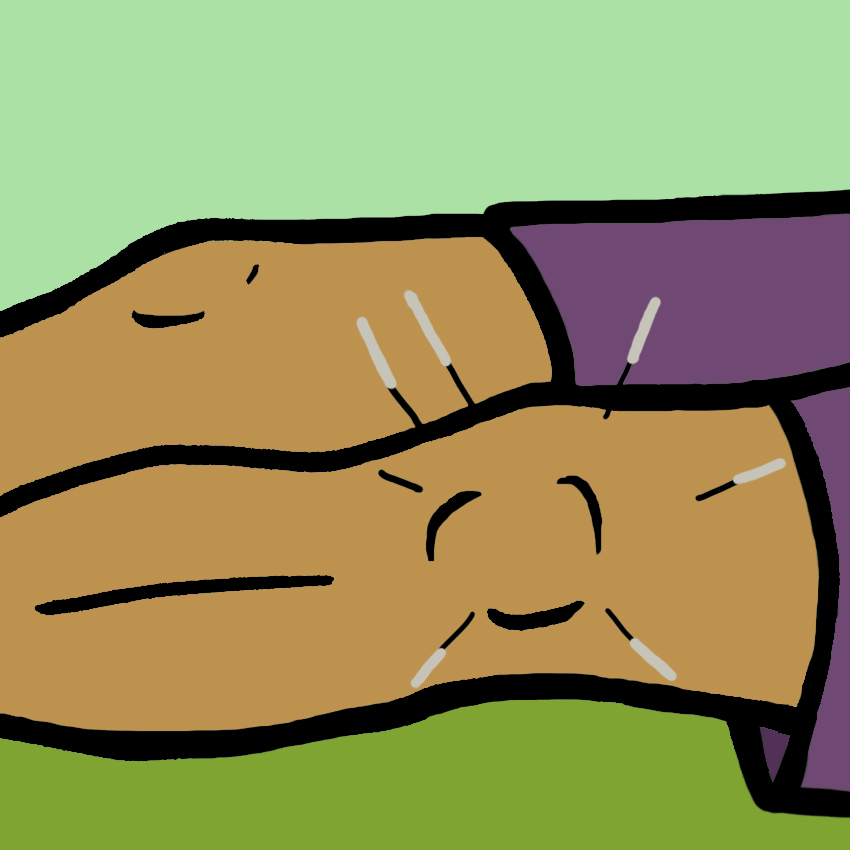
Acupuncture is often a scary concept that many dismiss as not being for them.
But for those willing to give it a shot, it really can help alleviate terrible knee pain.
According to WebMD, “This form of traditional Chinese medicine, which involves inserting fine needles at certain points on the body, is widely used to relieve many types of pain and may help knee pain.”
Tip #4: Strengthen Your Backside
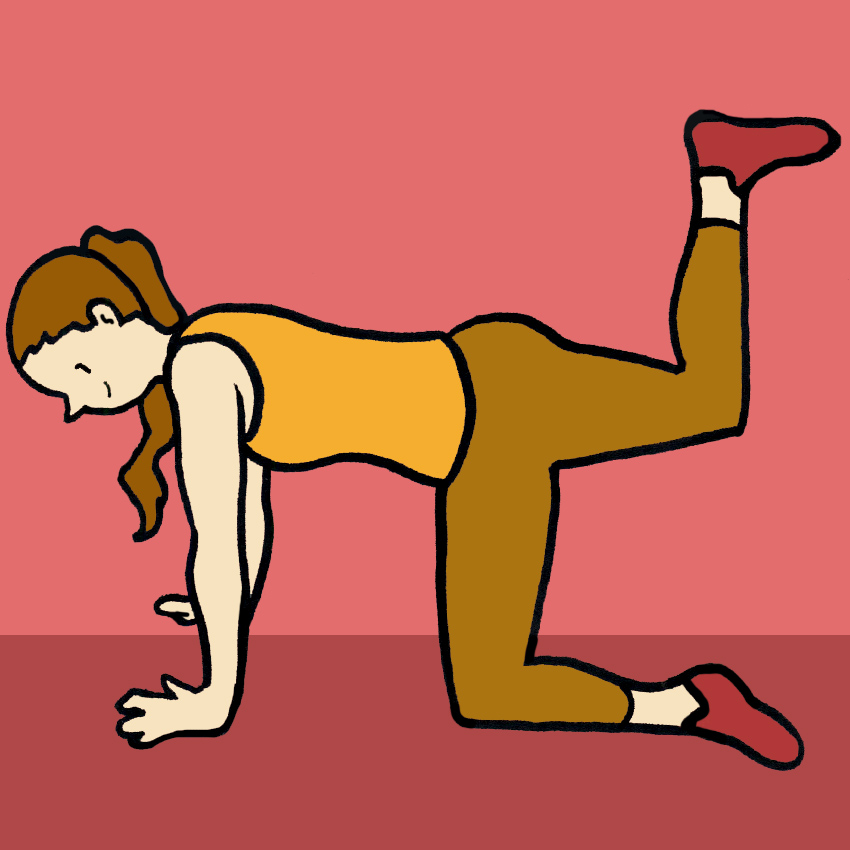
Though exercise might sound unappealing, maintaining a strong backside can help with your knee pain.
According to Therafitshoe.com, “When the main butt muscle is weak, it…creates a painful downward stress on the hip, knee, and ankle every time you take a step.
“Hip extensions are a great way to strengthen the glutes.”
Tip #5: Pay Attention To Your Shoes
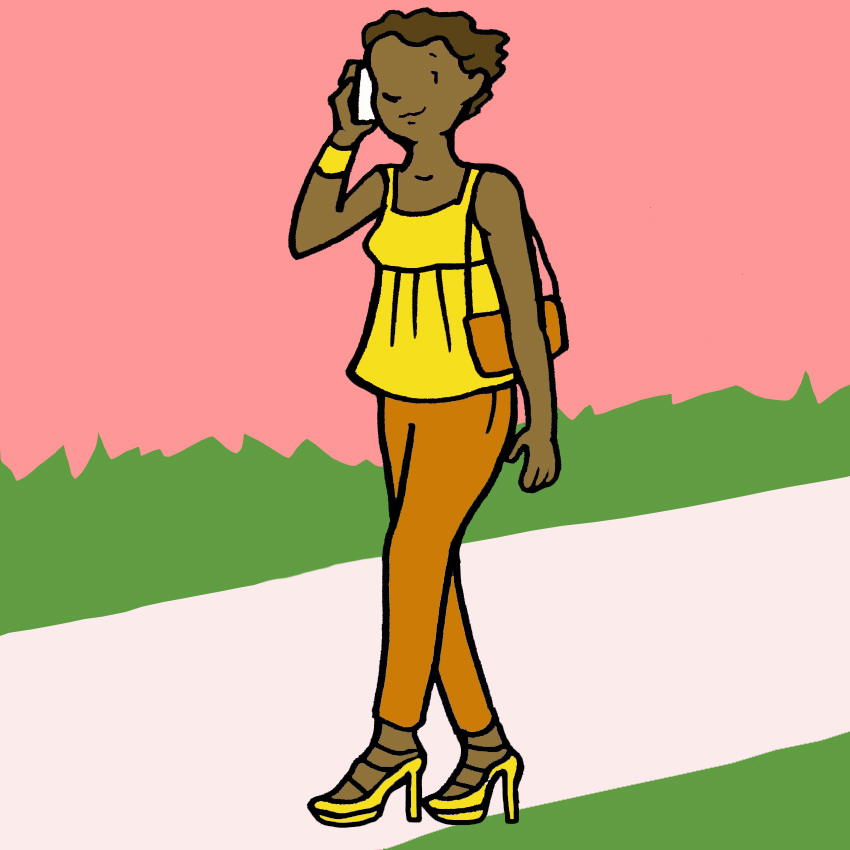
Sometimes, we decide to sacrifice our bodies for the sake of fashion, but you may need to draw the line at your footwear.
Gaiam Life writes, “High-heeled shoes increase the compressive force on your knee joints by 23%.
“Wearing heels also encourages tight calf muscles, another common cause of knee pain.”
Knowing what your knee pain means and how to address it can help finally set you on the path to a pain-free life.
Always make sure to speak with your doctor if you have injured yourself or are experiencing long-term knee pain.
Which of these pain relieving techniques will you be trying? Do you have any other tips that have worked for you? Let us know in the comments.
Please SHARE this vital information with anyone you know dealing with knee problems!



